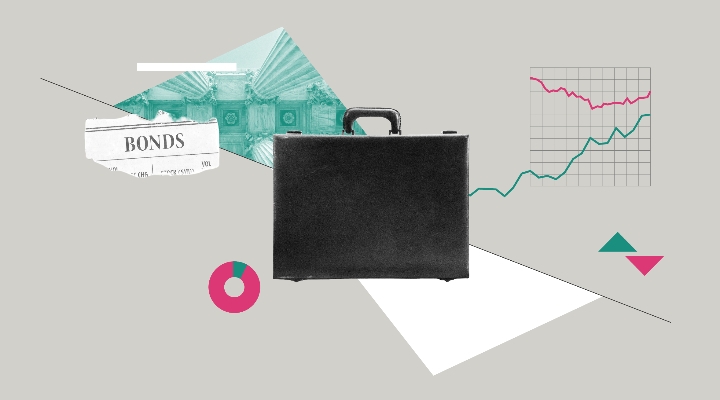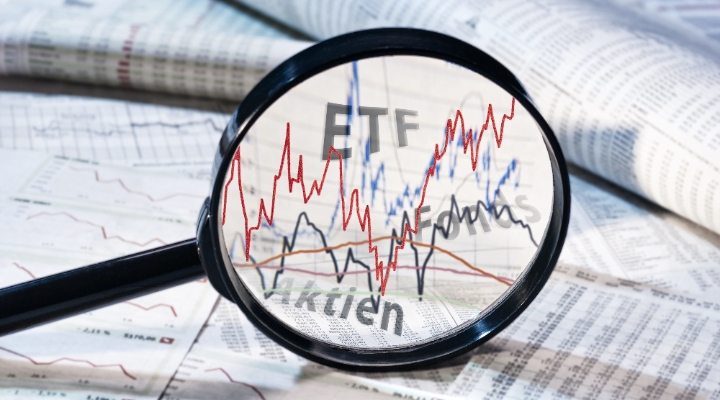One such area is emerging market bond funds. Such funds are among the top performers in any sector over three years although often at the price of relatively high volatility. “They are predominately for someone who has a slightly more aggressive risk appetite,” says Jeff Grills, an emerging market debt fund manager at JP Morgan Fleming.
A recent regulatory change has also given UK authorised funds which i
nvest in this area – including emerging markets bond funds from M&G and Threadneedle – more flexibility. Previously they could only have a maximum exposure of 10% in any single emerging market such as Brazil or Russia. But under the new rules the limit was raised to 35%. As a result it is easier for them to concentrate their assets in safer markets and avoid more risky ones.
Since emerging market debt is such an esoteric class it is worth starting from first principles. Even aspects of the asset class which seem straightforward are often more complicated than they appear.
For example, there is no universally accepted definition of what constitutes an emerging market. Many funds define such markets as those covered by the various indices that track the asset class. Others take into account the credit rating of the debt or the level of economic development as defined by the World Bank. This means that countries such as Mexico or South Korea are emerging according to some definitions and not others. “Where you set the bar depends on you,” says Paul Murray-John, an emerging market debt fund manager at Threadneedle.
Higher yield
In general terms the attraction of emerging market debt is that it offers investors a far higher yield than is available on, for instance, gilts or US Treasury bonds. The trick is to manage the risk so that assets are not invested in countries which get into repayment difficulties or – the ultimate sin for a bond issuer - default on their debt.
Emerging market debt can itself be sub-divided into two main asset classes: corporate and sovereign. Corporate debt is that issued by companies while sovereign debt includes bonds issued by government or related bodies.
Both sets of debt have different characteristics. Corporate debt, which in many ways is more akin to equity, is naturally influenced by the specific characteristics of the issuing company. Sovereign debt, which is a larger and more liquid market, depends largely on the economic and political situation of the country involved.
The more mainstream funds in this sector tend to concentrate on sovereign debt. As a result they do not need to take on the extra layer of risk associated with corporate bonds.
Fund managers also tend to prefer bonds which are denominated in a hard currency. If a bond is denominated in dollars, euros or yen it also helps to insulate the fund manager from the risk associated with particularly volatile currencies. “The currency markets are a lot less based on real fundamentals,” says Raphael Kassin, an emerging market debt fund manager at ABN Amro. “They involve a lot of sentiment”.
Repayment difficulties
But even if a manager sticks to sovereign debt which is denominated in a hard currency there are still significant risks. The recent problems in Latin America illustrate the dangers both of countries experiencing difficulties with their ability to repay debt as well as political anxiety.
Brazil is perhaps the clearest example. Paul Murray-John of Threadneedle estimates that the markets have priced in a 30-40% chance that it will default on its debts in the next year. It has experienced much financial volatility following on from Argentina’s earlier financial meltdown. The prospect of a left wing victory in the Brazilian presidential elections in October has also unsettled the markets.
The trouble in its larger neighbours has also hit Uruguay. After suffering a run on its banks it received finance of $3.8 billion (£2.5 billion) in total from the Inter-American Development Bank, International Monetary Fund and the World Bank. It was also given a bridging loan of $1.5 billion by the US government.
However, the Uruguayan experience does have a positive side. It shows that if countries do get into repayment problems they can, as long as they are considered to have the right attitude, receive external help. The recent visit by Paul O’Neill, the US Treasury secretary, to the region was specifically designed to show that the US will help out such countries if they encounter difficulties. And the announcement of a $30bn rescue package for Brazil from the International Monetary Fund was a concrete show of international support.
Despite the problem countries there are many nations which fund managers find attractive. Russia is one of the most commonly mentioned but more obscure countries such as Bulgaria and Ivory Coast attract some managers. In Latin America - although the region has well publicised problems - Ecuador, Mexico and Venezuela are all attracting attention.
Asian fundamentals
Asian countries often have good economic fundamentals and strong pro-market governments. But the debt is often considered expensive by fund managers. For investors especially attracted to this area there are specialist Asia bond funds.
It should also be noted that problems in particular areas can create opportunities. For example, if a fund manager believes that the market is over-estimating the risk of Brazilian default he might be tempted to buy its debt.
The trick for the fund manager is to invest in those countries offering attractive yields while avoiding default. Unlike in equity funds it is more important to avoid problems than to diversify across a wide range of markets.
If fund managers get the balance right then they can offer investors attractive returns. But in these times of high market volatility there will always be a risk of suffering when an emerging market encounters repayment problems or political turmoil.
This article first appeared in the August 12th issue of Fund Strategy.





























